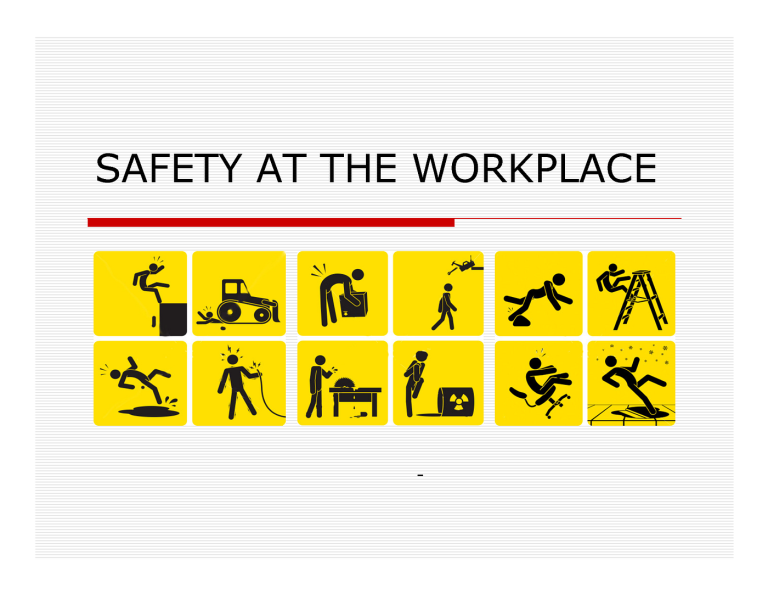Onboard your remote workers to be engaged and productive workers.
Much like a good employee training program, having an effective onboarding process in place is one of the best ways to increase retention and job satisfaction in a workforce. Properly bringing new employees into the fold can also enhance workplace performance, efficiency and productivity. Things can get a bit complicated when you factor remote workers into the mix, however.
The new normal
Thus far in the 21st-century, the workplace has remained in a perpetually dramatic state of flux. This has been due to things like shifting workplace expectations from new generations entering the workforce and ever-evolving technology, including the rise of remote work across industries. One of the repercussions of these changes has revolved around the difficulty to maintain high-quality onboarding standards.
This has never been more apparent than in the near-overnight shift to a 100% remote workforce caused by the COVID-19 shutdowns in early 2020. With everyone suddenly working off-site, HR Professionals and Managers were forced to adapt their onboarding efforts to facilitate a scattered professional workforce. To make matters worse – although quarantines and shelter-in-place orders will eventually be lifted when the COVID-19 scare is over, it’s very likely that the workplace will find itself adapting to a “new normal” where remote work remains common.
That’s not to say that successful remote workspaces haven’t been possible in the past. The web automation app company Zapier, for instance, found impressive remote success through recruiting initiatives that focused on employees that possessed the following qualities:
- Able to work in the absence of a social workspace;
- Possessed proficient written communication skills;
- Had motivation and could get work done autonomously; and
- Highly-capable of working remotely.
While companies like Zapier have shown that successful remote work is possible, it is difficult to pull it off without structuring your onboarding efforts into an official, consistent process. Nearly one in four companies lack a formal onboarding process of this nature but, in an era where most employees remain permanently out of sight, it’s become absolutely critical to have an official, company-approved onboarding process in place.
Tips for a fully remote onboarding process
With all of this in mind, here are some crucial tips to help HR departments create new, effective systems for onboarding employees, not just during the coronavirus crisis but into the foreseeable future.
1. Get established with your tools
One of the essential elements of a smooth onboarding process is having a well-established tool chest of online applications. There are many different categories of apps to consider:
- Workflow apps like Trello and Asana;
- Video, written, and verbal communication apps such as Gmail, Zoom, and Skype;
- Virtual workspace apps like Slack; and
- File-sharing apps such as Google Drive and Dropbox.
In addition, you’re going to want to maintain standard expectations for the quality of the internet connection and hardware that remote employees use to connect with your team.
There is an endless variety of different app-based solutions for each of these needs. What’s important is that each remote workspace selects the specific tools that meet its needs the best and then ensures that those tools are used by their entire workforce. This will create consistency in communication, ease of collaboration, and a simple-to-understand learning environment for your newest team members.
2. Create onboarding resources
Along with addressing the particular tools your team will be using, take time to create guidelines and codes of conduct for your online operations, then present them as formal documentation in an easy-to-find location for employees who are being onboarded. While resources like these are good to have on hand at all times, they are particularly useful for new workers who are trying to learn about your company’s culture, processes and brand.
3. Maintain strong leadership
Taking care of the specific functionality of your onboarding process is important, but a good fully remote onboarding process doesn’t stop with the apps and resources. It also requires firm leadership. Without a strong hand at the tiller, a remote team can quickly come apart at the seams.
Remember, as a remote team leader, you’re likely overseeing a disparate workforce with as many as five generations working together simultaneously in the same virtual space. You must create crystal clear guidelines that take into account the needs of everyone you’re overseeing. Make an effort to practise active listening at all times in order to aid your new employees as they simultaneously adapt to a remote work environment and the specific requirements of your particular company’s operations.
4. Always be improving
Finally, it’s important to always be willing to accept feedback and improve your onboarding process. Workplace flexibility and remote work may be key trends in the future of the workplace, but they are anything from stable or predictable in nature.
As technology adapts, new generations enter the workforce, and customer expectations shift. It’s important to be ready to tailor your onboarding process (and your entire remote operation, for that matter) as your situation changes in the future. Further, if your onboarding grows a little too out of your hands, you might consider bringing in some outside help – a Chief Learning Officer, for example, might be exactly what you need to uptrain and onboard new hires when you yourself are busy running the rest of the company, especially when it comes to handling the unique situation of training while working remotely.
Successfully onboarding fully remote employees
From codifying your onboarding tools and resources to providing strong leadership and a willingness to adapt, there are many ways to make a fully remote onboarding process go as smoothly as possible.
The ability to bring new employees in without the need to see them face-to-face isn’t just a skill that will benefit in the short term. As the world moves away from the history-making events of the first wave of the coronavirus, the future workplace will likely remain increasingly remote-work-friendly. This will naturally give any company with a competent, effective remote onboarding process an edge over the competition in the years to come.
Noah Rue is a journalist and content writer from Boise, Idaho, US. He is fascinated with the intersection between global health, personal wellness, and modern technology. When he isn’t searching out his next great writing opportunity, Noah likes to shut off his devices and head to the mountains to disconnect.

























